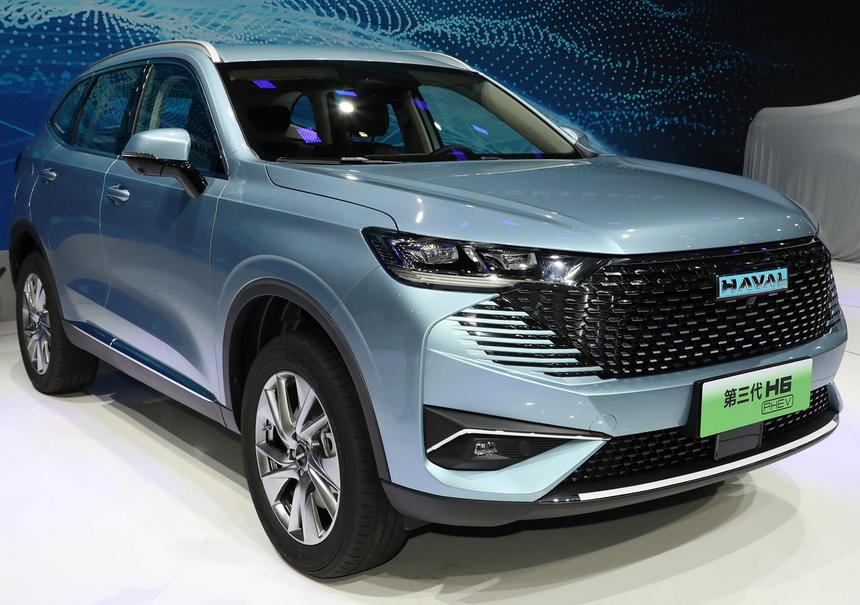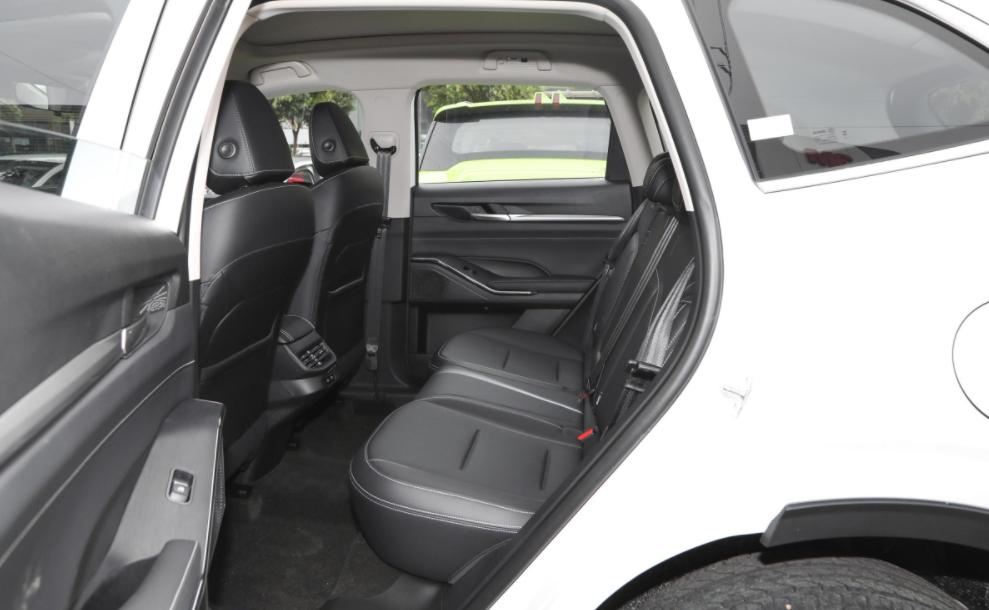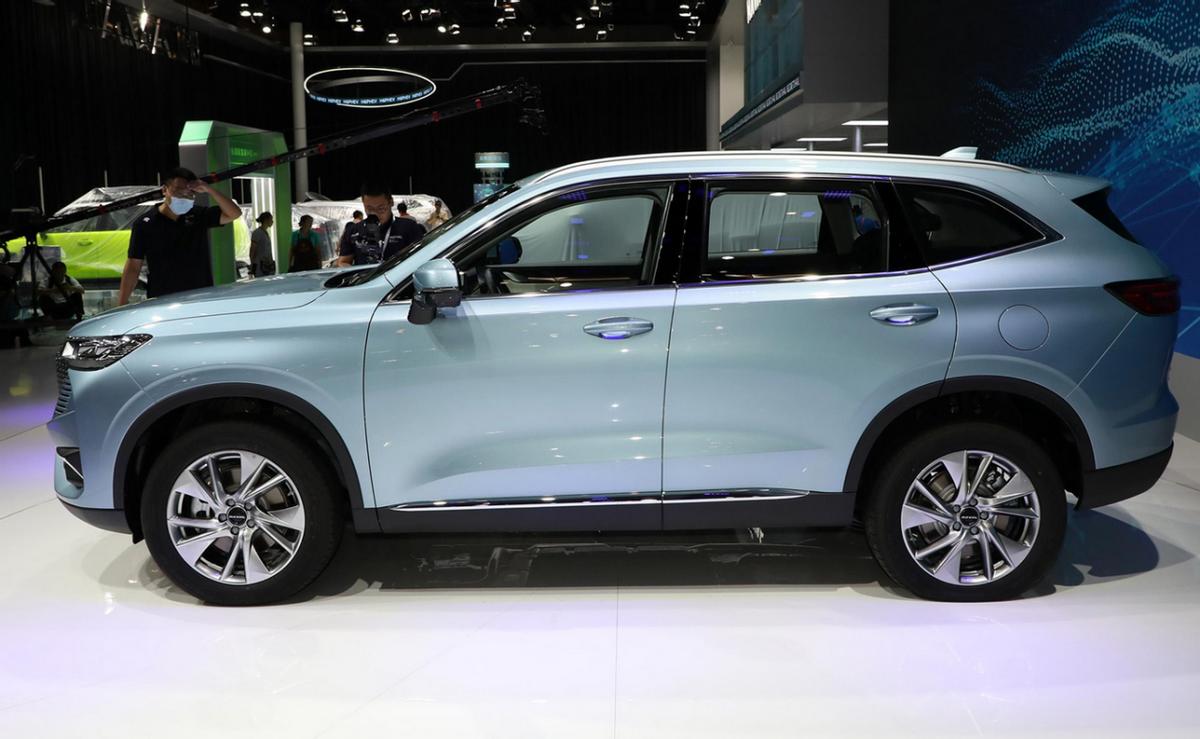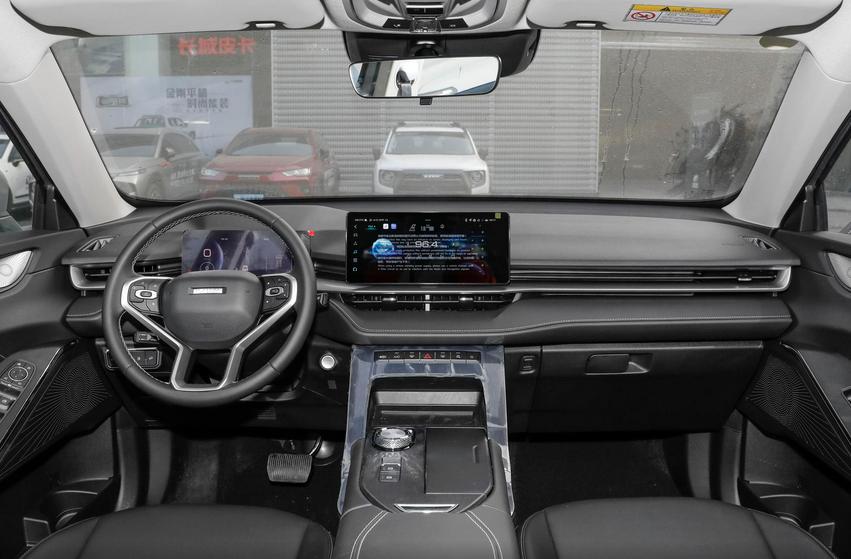After entering the twenty-first century, the strength of the domestic independent brand car manufacturing rapidly improved, the current domestic independent brand products are no longer the image of the impression of the old generation, whether the personality of the cool exterior design, high-end luxury interior materials, many technology and intelligent configuration, are satisfactory to consumers. However, compared to some of the joint venture brand models, domestic cars are generally poor in terms of powertrain performance, so the Haval H6, which has long been located in the top of the segment sales ranking, can it be comparable to the joint venture models? It just so happens that the third generation Haval H6 has launched a PHEV version, so let's see how the new car performs and whether it can continue to be favored by consumers.

As a long-standing consumer concern, I believe most consumers know that the HAVER H6 PHEV, as the first plug-in hybrid version of the family, gives consumers a total of three different versions to choose from at the moment, and the official guide price range for these three different versions ranges from 159,800 yuan to 173,800 yuan. As with most new energy models, today's Haval H6 PHEV has no price discounts across the board, which means that the landing price is at least more than 170,000 yuan if you want to get your hands on this new vehicle. However, according to the official information, Haval H6 PHEV, as a plug-in hybrid model, can also enjoy the preferential policy of purchase tax reduction until December 31 this year.In terms of exterior design, since the Haval H6 PHEV adopts a new powertrain, its appearance also gives a new feeling. Unlike the previously sold fuel version, the front of Haval H6 PHEV adopts a borderless grille design, with black trim and dotted style chrome elements filling the entire front of the new vehicle, which has a stronger visual impact than most competitors. Meanwhile, the headlight cluster of Haval H6 PHEV blends naturally with the grille and has a strong sense of integrity. At the front surround, the Haval H6 PHEV also uses black trim to decorate the air intakes, which works with the deflector trim with fog lamps on both sides to give a fresh visual impression.

Looking at the side of the H6 PHEV, the shape of the H6 PHEV does not differ much from the design of its fuel version, with a simple and smooth design that balances a sense of sportiness and power. The straight waistline runs from the headlight position to the taillight position, giving people an atmospheric experience. It is worth mentioning that Haval H6 PHEV does not follow the trend of using hidden door handles, which makes many consumers feel disappointed. At the rear of the car, the design of Haval H6 PHEV is not too different from the fuel version. The top spoiler wing design is adopted to reduce the wind resistance coefficient of the body. The tail lights are rich in internal elements and can give a strong recognition. With the tail lights and the chrome logo and trim below, the rear of Haval H6 PHEV gives a full and rounded visual impression.

It is worth noting that the rear of Haval H6 PHEV is also equipped with silver chrome elements with "PHEV" and "GWM" logos, so that consumers can recognize it at a glance. In terms of body data, Haval H6 PHEV is 4683mm long, 1886mm wide, 1730mm high and has a wheelbase of 2738mm, which is in the mainstream of its class. Relatively speaking, I personally think that the overall shape of Haval H6 PHEV is not outstanding in the current market of the same class, and can only be considered moderate.

Entering the cabin, you can see that the interior of Haval H6 PHEV is made of more soft materials, but the materials are not high-end. The center console adopts a simple through-the-wall air conditioning vent design, giving a strong sense of hierarchy and three-dimensionality. The popular large size center screen (12.3 inches is actually not big at the moment) is used, which can provide consumers with more mainstream functions, such as 540° panoramic image, car networking and so on. What consumers love most is that although the Haval H6 PHEV does not come standard with the HUD head-up display function, the entire lineup supports the option.
Compared to competing models, the Haval H6 PHEV also uses more chrome elements and stitching inside the car, making the interior look and feel more excellent. However, because the H6 PHEV uses faux leather as the seat fabric, it is difficult for consumers to get a delicate and comfortable driving experience, and the whole series only supports the front seat heating function, and does not provide consumers with seat ventilation and seat massage functions, making it difficult for many consumers who pursue comfort to accept.
In terms of power system, Haval H6 PHEV all adopt 154hp output + 233Nm output torque 1.5T turbocharged engine, matched with 177hp output + 300Nm output torque front motor, which can give consumers a more excellent power feeling. However, as a plug-in hybrid model, the entry version of Haval H6 PHEV has a pure electric range of only 44 km under WLTC conditions, while the remaining two versions have a pure electric range of 86 km under WLTC conditions, which is not outstanding in its class.
On the whole, I think the overall performance of Haval H6 PHEV is moderate and not excellent. Compared to many competitors on the market, Haval H6 PHEV is more like a product that has to adopt new energy power because of the impact of electrification. Whether it is the appearance, interior, technology configuration or power performance, the performance of Haval H6 PHEV is not outstanding. Compared to the official guide price of Haval H6 PHEV of 159,800 yuan to 173,800 yuan, I think there are better options at the same price.







